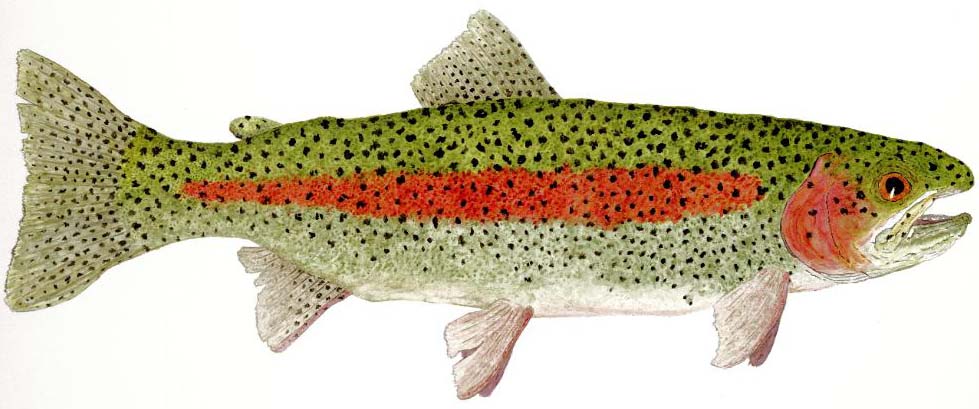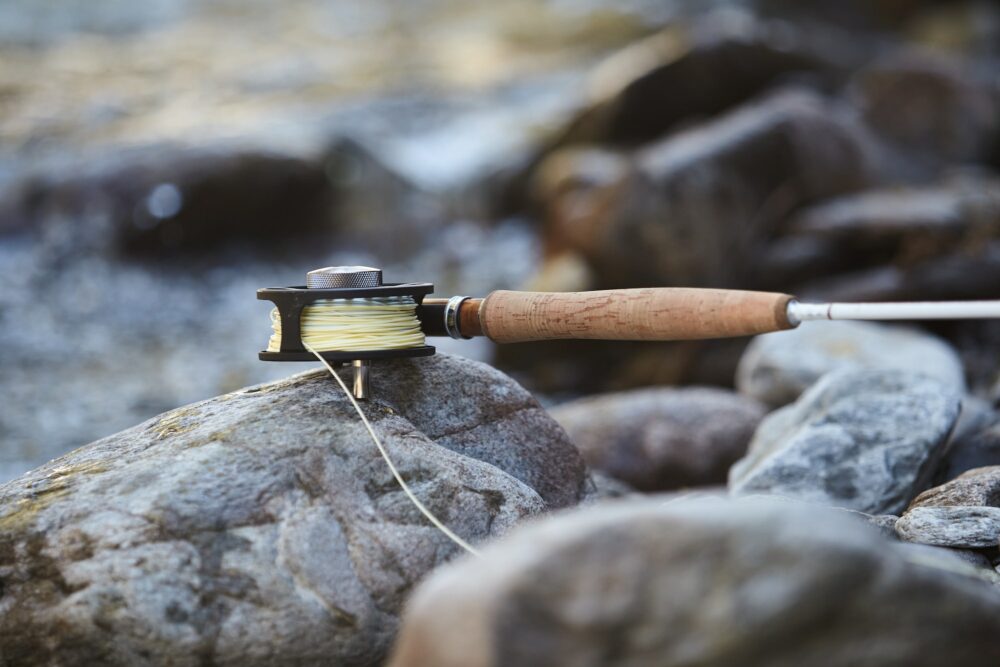
Thousands come to Florida in hopes of catching a Megalops atlanticus. Unfortunately, casting to tarpon in the Keys will almost always, or at least at some point, require a quick cast, a long cast, and always a good cast. While trout fishers are settled on catching trouts at 25/30-feet, saltwater fly anglers know it’s a longer cast for ocean and flats running piscus—Envato Image.
A poorly built leader will impede or destroy the delivery of your fly, and a $1,000 fly rod cannot fix that.
By Skip Clement
There seem to be endless thoughts on building fly fishing leaders, the only form of sport fishing that requires a leader. So, the leader is integral to fly fishing and extremely important.
Talk to saltwater guides about leader builds; no matter the build length or sections and knots preferred, it’s all about contact fishing. The fly swims as soon as it lands, and the angler never stops managing that contact with the fly. Swimming a fly, managed by the off-hand, can produces many options. The fly size/type, riverine setting as in current; surface, below the surface or at a particular depth, jigging, or an erratic darting retrieve.
A freshwater guide has that option, contact fishing, as well as non-contact fishing, which is dry fly fishing or nymphing.
There are several schools of thought on leader builds
One that has helped across the board is clipping off the factory-installed loop, making the transition from fly line to leader butt hinge-free seamless and more than one season durable. Today’s knotless leaders come with all kinds of choices in pound test, stiffness, different diameters within the same weight rating, and lengths.
RIO Tippet Rings, which come with 25-pound [2mm] and 45-pound test [3mm], are not so popular with guides I know. They are so small that the ‘rings’ are used dry fly fishing without any negative impact and so strong that they are marlin/bluefin proof at a 45-pound test. Yes, they create a loop, but not a loop that can destroy a cast.

RIO Tippet Rings come in wo sizes; 2mm “Trout” with a strength of 25lb, and 3mm “Steelhead” with a strength of 45lb.
Another noteworthy advantage of RIO Tippet Rings
An undamaged [nicked] line of a butt section or knotless leader could last more than a season using a tippet ring. In addition, using a tippet ring allows for quick change-out of a damaged or a need for a different tippet. Clip off the damaged or unwanted tippet, and add a new one to the ring with a Clinch Knot, or preferred knot.
Today’s average length of leaders is between 9-feet and 12-feet, with shorter popular with toothy fish and hard-running ocean fish [around 7-feet] and longer primarily with spooky fish [around 12-feet].
Here are some websites and videos that all do an excellent job of sharing their thoughts on modern leader builds:
- Flip Pallot on how to attach your leader to your fly line [Mad River Outfitters].
- Building a tapered leader [Tightlinevideos]- old school.
- How to make your own tapered leaders for fly fishing [SaltWater Sportsman].
- Understanding leaders means better fly fishing [Gink and Gasoline].
- Interview [Capt. Andrew Derr]
NOTE: RIO Tippet Rings are recommended. Do not buy brandless or made in Mainland China tippet rings from Amazon. Personal experience, the inner surface of the rings unfinished and cut the tying line

Virginia rainbow trout by Thom Glace.


